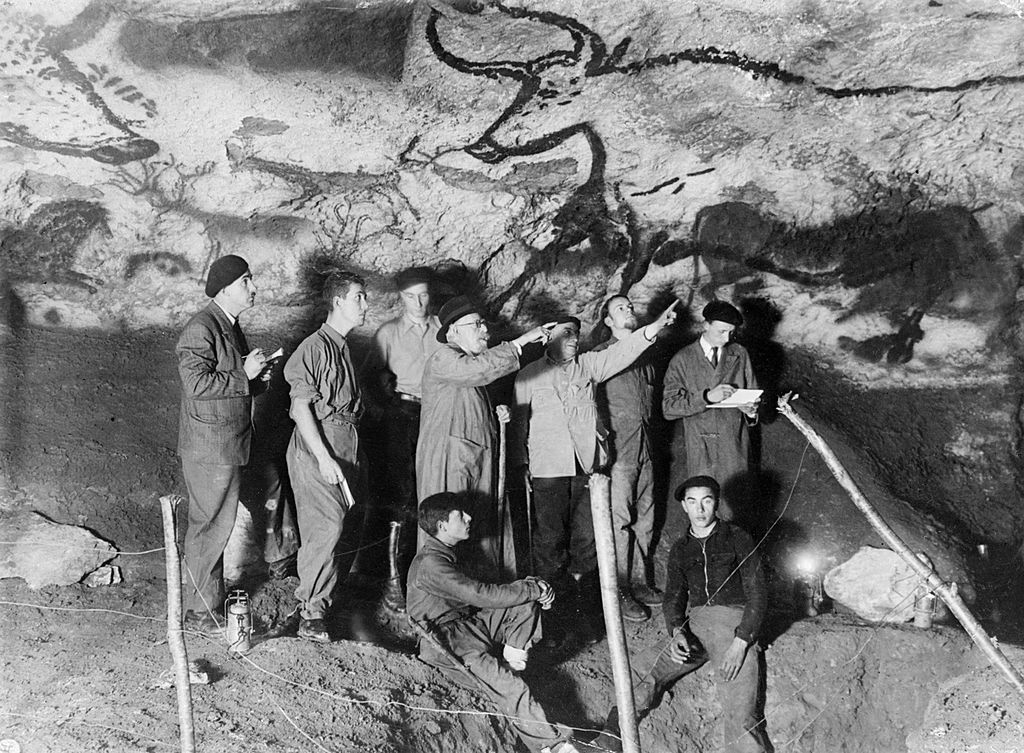Scientists are recreating extinct mega-cows
- Select a language for the TTS:
- UK English Female
- UK English Male
- US English Female
- US English Male
- Australian Female
- Australian Male
- Language selected: (auto detect) - EN

Play all audios:

For thousands of years, a species of elephant-sized cows, called "aurochs," roamed throughout the wilds of Europe. The last of the aurochs died in Poland in 1627 after humans drove the
mega-bovines to extinction. Today, the effects of an auroch-less ecosystem are felt throughout Europe, CNN writes: "Conservationists now believe the loss of the keystone herbivore was tragic
for biodiversity in Europe, arguing that the aurochs' huge appetite for grazing provided a natural 'gardening service' that maintained landscapes and created the conditions for other
species to thrive."
So why not ... bring the aurochs back? It's not science-fiction — in fact, the plan is in the works right now. But instead of trying to use DNA to recreate the aurochs, à la Jurassic Park,
scientists are "backbreeding" the aurochs' modern-day relative: the cow.
A photo posted by Aurélie Bouuh (@aureliebouuh) on Dec 17, 2016 at 9:25am PST
Of course, cows can't exactly become aurochs again, much less transform overnight. Ecologist Ronald Goderie is instead working to create the next best thing, the "Tauros," which is a "near
100 percent substitute" of the auroch. To do so, Goderie and his team are strategically breeding modern cows that have remnants of the aurochs' genes in order to work toward the purest
possible final product. That will take about seven generations, by ecologists' estimates, which means the "completed" Tauros will be born sometime around 2025. Today, the Tauros are in their
fourth generation.
Escape your echo chamber. Get the facts behind the news, plus analysis from multiple perspectives.
Jeva Lange was the executive editor at TheWeek.com. She formerly served as The Week's deputy editor and culture critic. She is also a contributor to Screen Slate, and her writing has
appeared in The New York Daily News, The Awl, Vice, and Gothamist, among other publications. Jeva lives in New York City. Follow her on Twitter.